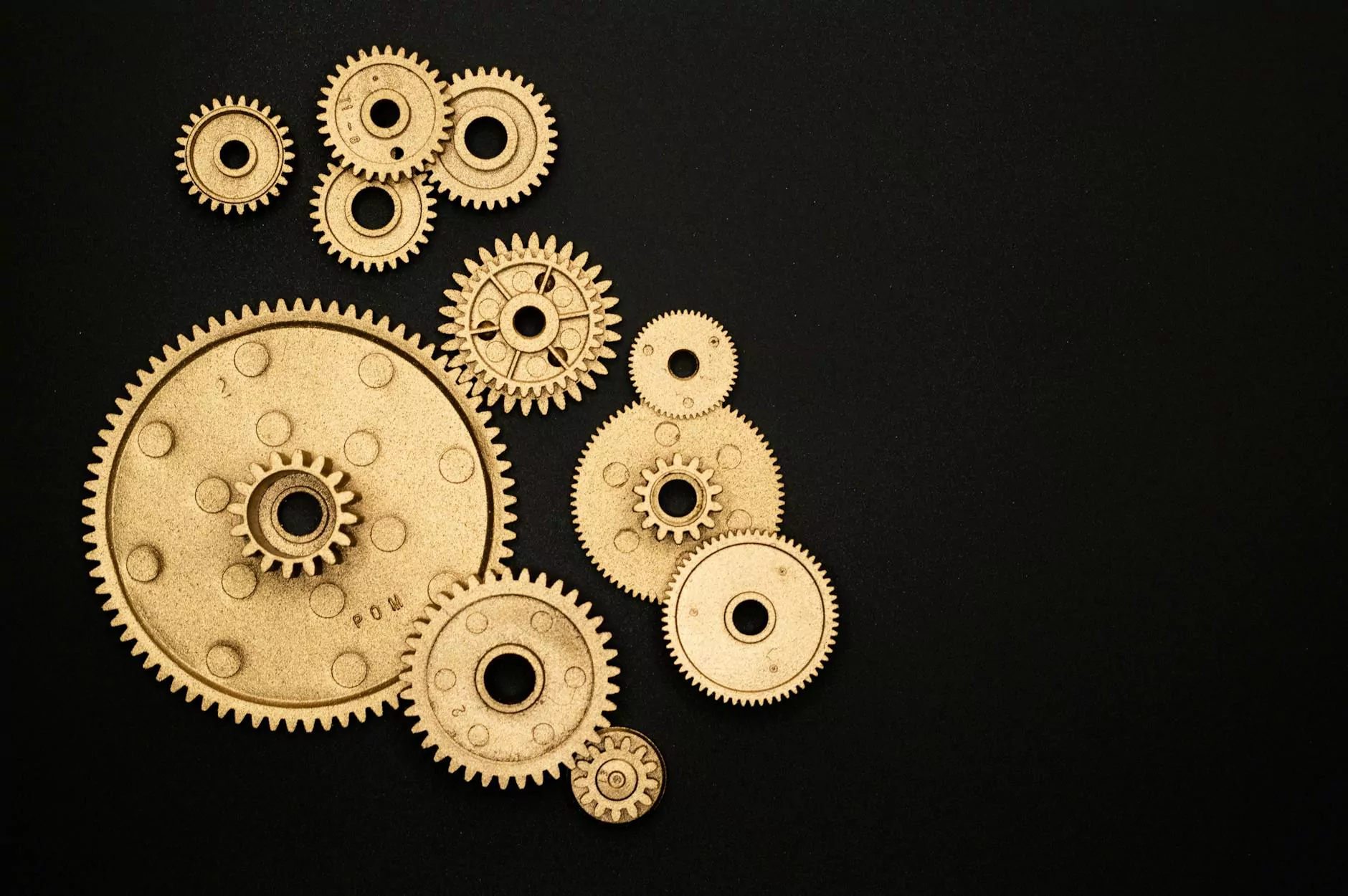Comprehensive Guide to Western Blot Transfer Apparatus: Unlocking Precision in Protein Analysis

In the rapidly evolving field of molecular biology, the ability to accurately detect and quantify specific proteins within complex biological samples is fundamental. Among the many techniques employed, the western blot transfer apparatus stands as a critical piece of equipment, enabling scientists to transfer proteins from gels onto membranes with unmatched precision and reliability. This guide provides an in-depth exploration of the western blot transfer apparatus—its types, technological advancements, benefits, and how it empowers researchers to achieve high-quality, reproducible results.
Understanding the Western Blot Transfer Apparatus: The Heart of Protein Detection
The western blot transfer apparatus is designed to facilitate the transfer of proteins separated on an SDS-PAGE gel onto a suitable membrane (such as nitrocellulose or PVDF). This step is crucial because it paves the way for subsequent antibody probing aiming to detect specific proteins with high sensitivity and specificity.
While the electrophoretic separation isolates target proteins based on molecular weight, the transfer process immobilizes these proteins onto a stable surface, allowing for repeated probing and signal development. The efficiency, consistency, and integrity of this transfer are vital for accurate downstream analysis, making the choice of a western blot transfer apparatus a pivotal factor in any proteomics workflow.
Types of Western Blot Transfer Apparatus: An Overview of Modern Innovations
Advancements in laboratory technology have led to the development of diverse western blot transfer apparatus models, tailored to meet varying research needs, budgets, and throughput demands. Here is a comprehensive overview of the main types:
1. Tank or Wet Transfer Systems
- Description: Traditional and widely used, these systems involve immersing gel and membrane in transfer buffer within a tank connected to a power supply.
- Advantages: High transfer efficiency for large proteins; compatible with various membrane types; cost-effective.
- Considerations: Longer transfer times (typically 1-2 hours), higher buffer and solution usage, and more manual setup requirements.
2. Semi-Dry Transfer Systems
- Description: Employ a minimal buffer setup where the gel and membrane are pressed between buffer-saturated layers or within a semi-dry transfer unit.
- Advantages: Faster transfer times (15-45 minutes), reduced buffer consumption, and ease of use.
- Considerations: Generally more suitable for proteins of lower molecular weight; may require optimization for large proteins.
3. Dry Transfer Systems
- Description: These systems utilize transfer films or specialized materials that adhere to the gel and facilitate protein transfer without the need for buffer immersion.
- Advantages: Quick and clean transfer, minimal buffer and cleanup, suitable for high-throughput applications.
- Considerations: Compatibility with specific proteins and membranes; initial setup costs can be higher.
4. Automated Transfer Devices
- Description: Fully programmable instruments that integrate all transfer steps with minimal manual intervention.
- Advantages: Superior reproducibility, reduced hands-on time, high-throughput capacity.
- Considerations: Significant initial investment; optimal for large research facilities and core laboratories.
Technical Innovations Enhancing the Western Blot Transfer Apparatus
The demand for higher throughput, sensitivity, and reproducibility in protein analysis has driven innovations, including:
- Temperature Control: Maintaining optimal transfer temperatures to prevent protein degradation and enhance transfer efficiency.
- Adjustable Voltage and Current Settings: Allowing customization for different protein sizes and gel types.
- Enhanced Buffer Systems: Buffer compositions optimized for maximum transfer efficiency and minimal background noise.
- Compact and Portable Designs: Facilitating space-saving setups without compromising performance.
- Integrated Cooling Systems: Reducing heat buildup during prolonged transfers to preserve protein integrity.
Optimal Usage and Maintenance of Western Blot Transfer Apparatus
Achieving high-quality, consistent results hinges on proper setup and maintenance:
- Preparation: Ensuring correct assembly of the transfer sandwich; using appropriate buffers and membrane types.
- Transfer Conditions: Adjusting voltage, current, and transfer time based on protein size and gel composition.
- Monitoring: Using transfer pH indicators or dye front tracking to confirm effective protein migration.
- Cleaning: Regularly cleaning electrodes and buffer reservoirs to prevent contamination and signal variability.
- Storage: Proper storage of membranes and buffers for sustained device performance.
The Role of Western Blot Transfer Apparatus in Modern Research
In today's cutting-edge laboratories, the western blot transfer apparatus serves multiple pivotal roles in facilitating breakthroughs in biomedical research, diagnostics, and drug development. Its importance can be highlighted as follows:
- Reproducibility and Standardization: Automated and semi-dry systems offer consistent transfer conditions, essential for generating reproducible data across experiments and laboratories.
- Enhanced Sensitivity: Proper transfer ensures that low-abundance proteins are detectable, improving the diagnostic and research utility of western blots.
- Time Efficiency: Rapid transfer systems accelerate workflows, allowing researchers to analyze more samples within shorter time frames.
- Cost Savings: Optimized transfer buffers and automated systems reduce reagent and labour costs over the long term.
Choosing the Right Western Blot Transfer Apparatus for Your Laboratory
Selecting an appropriate western blot transfer apparatus depends on several factors:
- Sample Throughput: High-throughput labs benefit from automated systems, while small-scale labs may prefer manual or semi-dry options.
- Protein Size Range: Large proteins (200+ kDa) might require tank systems for optimal transfer, whereas smaller proteins are well-suited for semi-dry transfer.
- Budget Constraints: Evaluate initial investment versus operational costs; manual systems are more affordable but may demand more time.
- Available Space: Compact or portable systems conserve lab space.
- Reproducibility Needs: Automated devices ensure uniform results essential for regulatory or clinical applications.
Conclusion: Elevating Protein Analysis with Advanced Western Blot Transfer Apparatus
In the realm of molecular biology, the western blot transfer apparatus remains an indispensable tool for accurate protein detection and quantification. technological improvements continue to push the boundaries of what's possible, providing researchers with faster, more reliable, and highly reproducible results. Precision Biosystems, as a leader in lab equipment, offers state-of-the-art solutions designed to meet the diverse needs of modern laboratories, ensuring that your protein analysis is both efficient and precise.
Investing in the right western blot transfer apparatus will not only enhance the quality of your experimental data but also streamline your workflow, enabling breakthroughs that advance science and improve health outcomes. With ongoing innovations and a deep understanding of your research requirements, you can achieve unprecedented levels of accuracy in protein analysis, making your scientific pursuits more impactful and successful.









